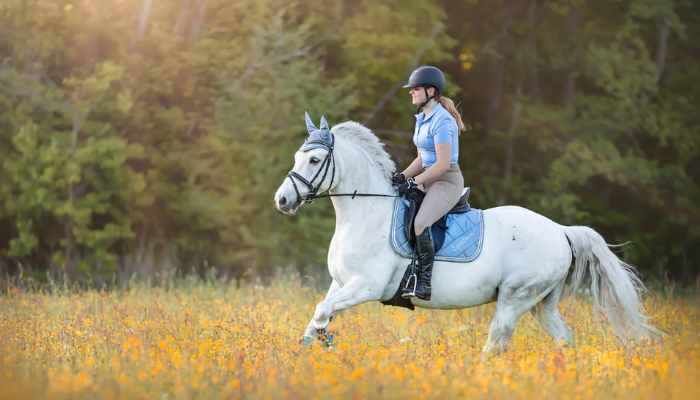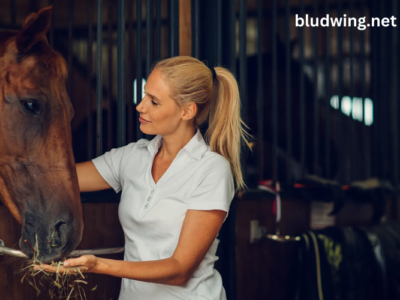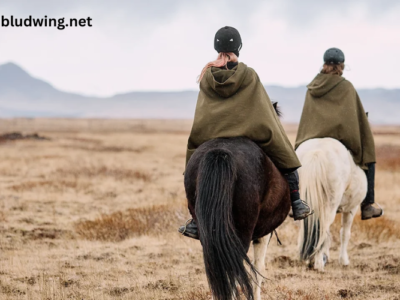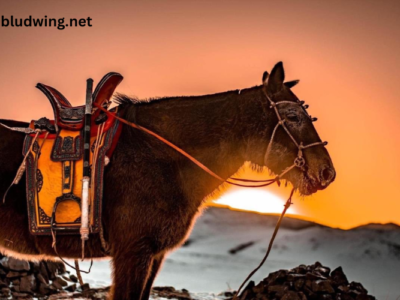Horses have been integral to human society for thousands of years, playing vital roles in transportation, agriculture, warfare, and sport. Their majesty and strength have not only made them indispensable companions but also symbols of freedom, power, and grace. This article delves into the rich history of horses, the diversity of their breeds, and their multifaceted roles in human life. Discover the ultimate online resource for casacourse. Enhance your knowledge and skills with our comprehensive courses. Join us today!
A Historical Perspective
The relationship between humans and horses dates back to around 4000-3500 BCE when horses were first domesticated on the steppes of Central Asia. Initially, they were likely used for their meat and milk, but it wasn’t long before humans realized their potential for transportation. The invention of the chariot around 2000 BCE marked a significant turning point, transforming warfare and trade.
Horses played a crucial role in the expansion of empires. The Mongol Empire, under the leadership of Genghis Khan, is a prime example of how horse-mounted warriors could dominate vast territories. Similarly, in the Middle Ages, knights on horseback became the epitome of martial prowess in Europe.
Diversity in Breeds
Over the millennia, selective breeding has produced a wide array of horse breeds, each tailored to specific needs and environments. Today, there are over 300 recognized horse breeds, each with unique characteristics.
- Arabian Horse: Known for its endurance and spirit, the Arabian horse is one of the oldest and most recognizable breeds. Its distinct head shape and high tail carriage make it a popular choice in competitive endurance riding.
- Thoroughbred: Bred for speed, Thoroughbreds are synonymous with horse racing. Their athleticism and agility make them exceptional performers on the racetrack.
- Clydesdale: Famous for their strength and gentle disposition, Clydesdales are often used in parades and as draft horses. Their impressive size and feathered legs make them a sight to behold.
- Quarter Horse: Renowned for their versatility and quick acceleration, Quarter Horses excel in rodeo events, particularly in cutting and reining. They are also popular for ranch work due to their reliability and calm temperament.
- Mustang: Often seen as symbols of the wild American West, Mustangs are feral horses with a hardy nature. They have adapted to survive in harsh conditions, embodying the spirit of resilience and freedom.
Roles in Modern Society
While the advent of machinery has reduced the reliance on horses for labor, they continue to hold significant roles in various spheres.
- Sport and Recreation: Horses are central to numerous sports, including show jumping, dressage, polo, and racing. These activities not only celebrate the athleticism of horses but also the deep bond between horse and rider.
- Therapeutic Use: Equine-assisted therapy has gained recognition for its benefits in treating physical and mental health issues. The gentle nature of horses helps in improving emotional well-being, cognitive function, and motor skills.
- Cultural Symbolism: Horses remain potent symbols in many cultures. In art, literature, and mythology, they often represent nobility, strength, and freedom. Events like the Kentucky Derby and the Spanish Riding School in Vienna continue to celebrate equine heritage.
- Conservation Efforts: Efforts to preserve wild horse populations and maintain genetic diversity are crucial. Organizations and sanctuaries work tirelessly to protect breeds like the Mustang from extinction, ensuring that the wild spirit of these horses endures.
Conclusion
The majestic horse, with its deep historical roots and diverse roles, continues to captivate and serve humanity. Whether galloping across the plains, competing in arenas, or providing therapeutic support, horses remain steadfast companions. Their legacy, etched in the annals of human history, underscores the profound and enduring bond between humans and these magnificent creatures. As we look to the future, it is essential to honor and protect this bond, ensuring that horses continue to enrich our lives for generations to come.

















Comments